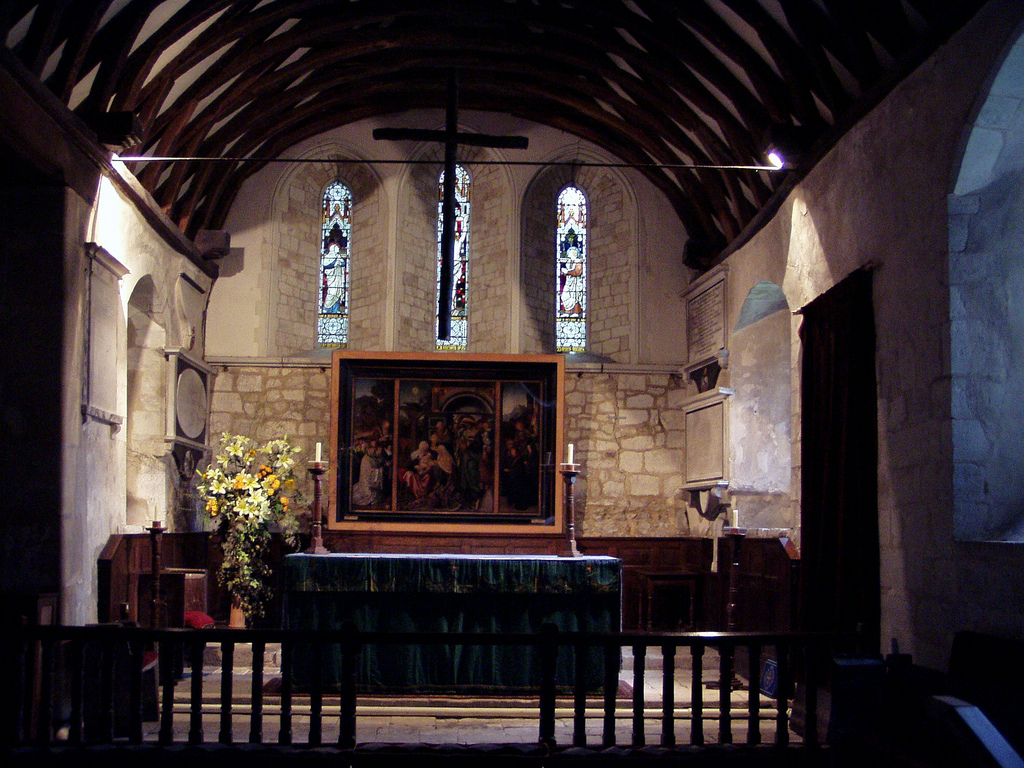Friday, March 30, 2012 4:18 PM

 Beauty is essential to life. Just as air, water, food and shelter are fundamental to our survival; it is beauty that lifts us up out of mere primordial existence to a higher quality of life. It infuses our souls with purpose, passion and inspiration. It is not a luxury. Every human being is entitled to the benefits it brings—not just the well-to-do and the overly-intellectual. Jesus said, “I came that you might have life and have it more abundantly.”[1] He is not talking about you and me having more air, all the food and water we can eat and drink, or larger houses. He is talking about quality of life and beauty is the means by which this transfiguration often is brought about.
Beauty is essential to life. Just as air, water, food and shelter are fundamental to our survival; it is beauty that lifts us up out of mere primordial existence to a higher quality of life. It infuses our souls with purpose, passion and inspiration. It is not a luxury. Every human being is entitled to the benefits it brings—not just the well-to-do and the overly-intellectual. Jesus said, “I came that you might have life and have it more abundantly.”[1] He is not talking about you and me having more air, all the food and water we can eat and drink, or larger houses. He is talking about quality of life and beauty is the means by which this transfiguration often is brought about.
Anglicans firmly subscribe to this notion. We pursue beauty in all aspects of life. It defines our character. One only has to look at the rich heritage of Anglican Church buildings or thumb through a book, such as A Treasury of Anglican Art,[2] to sample some of the most beautiful, spiritually-uplifting examples of Christian architecture and art in the world.
But why is this? Why do Anglicans and, by extension, Episcopalians hold beauty in such high regard?
John Westerhoff, in his book, A People Called Episcopalians, writes, “Anglicans have made beauty the doorway into truth and goodness. We have a strong respect for and belief in the beauty of holiness and righteousness. Money spent on beauty…is justified insofar as it is our way of revealing and advocating truth and goodness. Our churches are intended to be works of art and we make every effort to ensure that the arts used in our churches are of high quality.”[3] In other words, for Anglicans—when one is in the presence of beauty, one also is in the presence of the Divine.
Certainly, there are Christians who approach worship by emphasizing truth and goodness, but pay little heed to beauty. They focus on the word of God—both written and spoken—as the primary means by which to know God. They appeal to the rational mind, thinking a right understanding of God’s word will bring right behavior, which is a perfectly reasonable, acceptable and time-tested approach to Christian worship.
However, another approach to Christian worship is to reach for the imagination and the heart, in addition to the rational mind. And the means by which the imagination and heart are stirred most effectively is by the five senses. The goal of this type of worship is to encourage an attitude of mystery and awe before the presence of God, evoking devotion, admiration and thanksgiving; and, in doing so, inspiring right behavior as a result.
To stimulate the senses, we historically make use of the arts—the visual arts and the performing arts. The arts convey profound and timeless truths in imaginative and relevant ways—deeper theology than mere words. As one stated, “The Word was not made flesh in order to be turned back into word again. Art makes incarnate the Word of God.” The beauty of art encourages our imagination to take precedence over the rational side of the brain, which, more often than not, tends to control the vast majority of life. It induces stirrings of the ineffable and numinous that reside deep within us.
Finally, Episcopalians are a sacramental people. We believe the Transcendent is made know to us through material things. From God, there flows a continuous stream of Divine Love, making itself available to all through the material, most specifically through the person of Christ Jesus, as well as through the waters of Baptism and the bread and wine of Holy Communion. In a broader sense, all creation is a manifestation of its Creator—God’s handiwork is visible in every directions. Therefore, the spiritual cannot be separated from the physical. As a result, architecture and the arts are sacramental to us. We look to architecture and the arts to support our worship, education, evangelization and mission. For us, God’s presence and actions are mediated most powerfully through our places of worship. For Episcopalians, orthodoxy is right worship, rather than right belief. To put it another way, it is through the beauty of sacred space that makes it easy to fall in love with God.
[2] A Treasury of Anglican Art, James B. Simpson and George H. Eatman (New York: Rizzoli, 2002).
[3] A People Called Episcopalians, John H. Westerhoff (Atlanta: St. Luke’s Episcopal Church, 1998) 23.